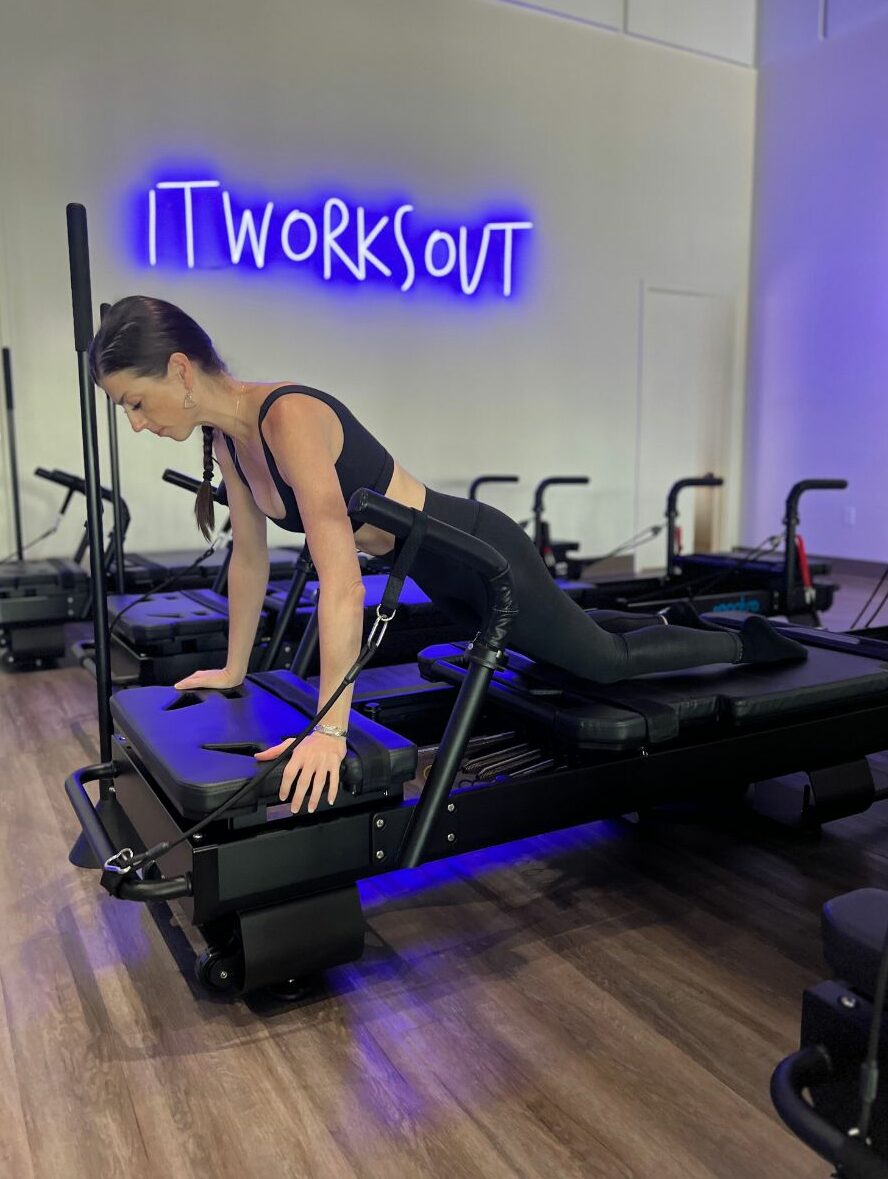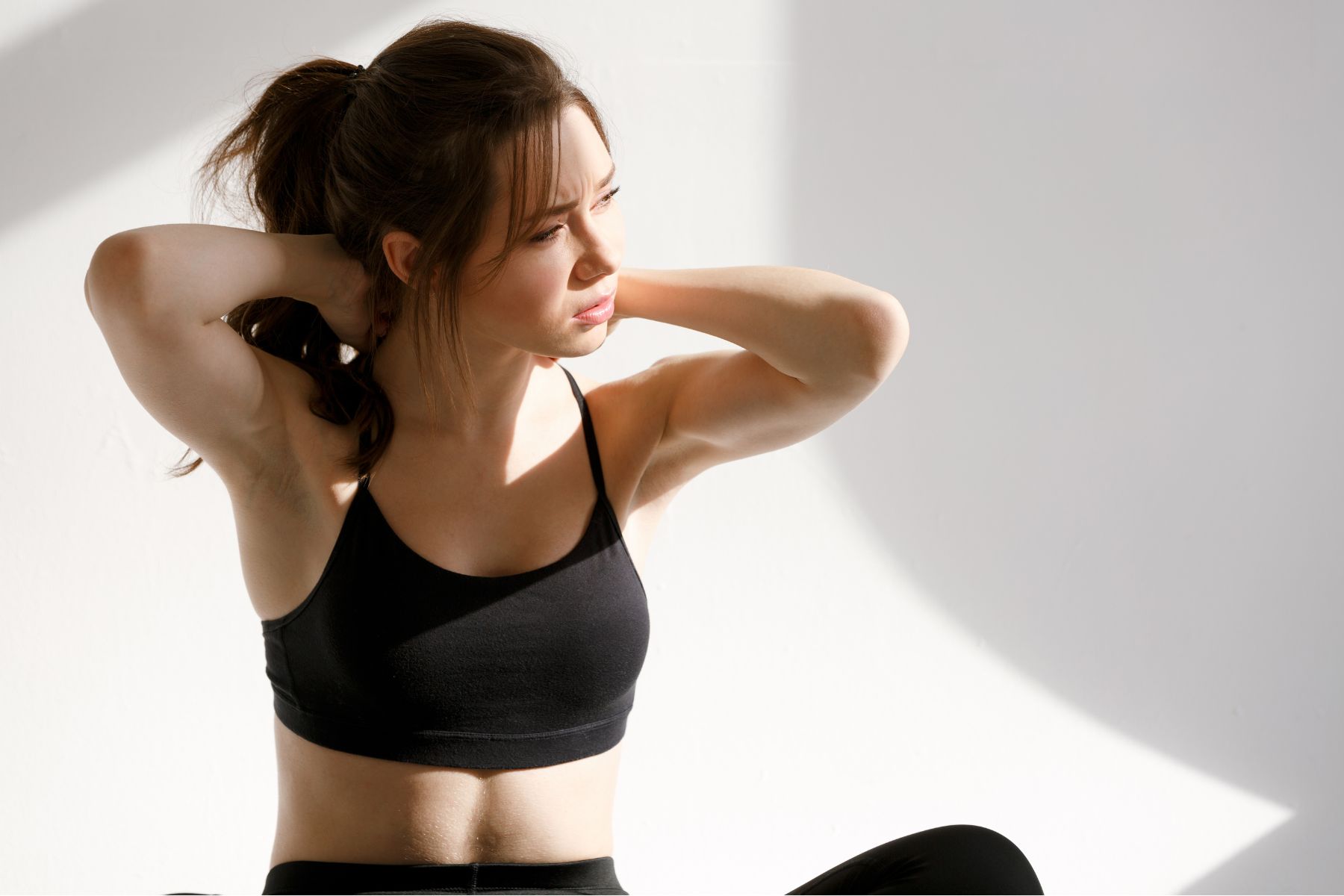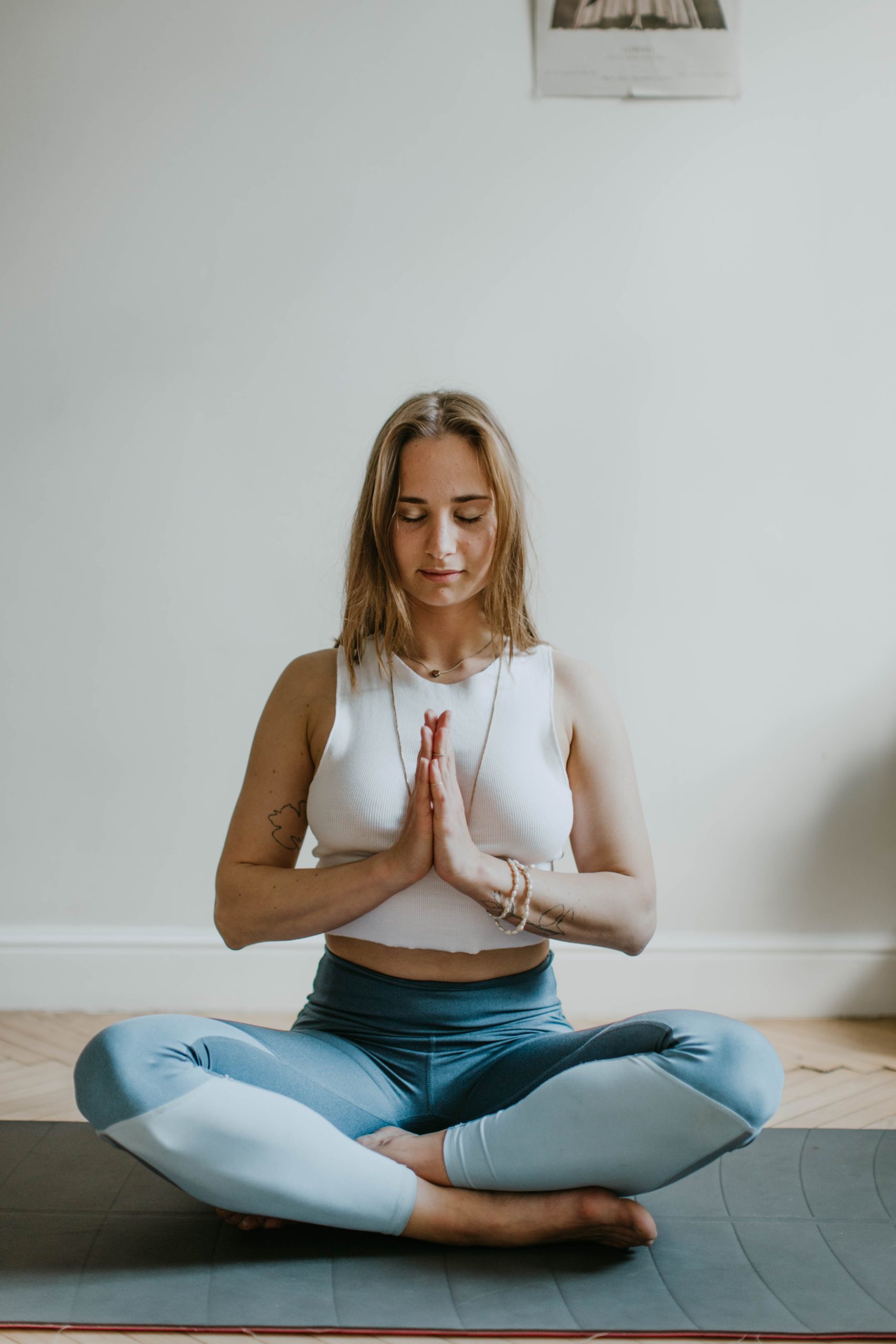Meet Trainer Adriane!
Behind every great fitness class is an instructor with a passion for teaching. Today, we’re thrilled to share insights from Adriane Stevens, one of our dedicated instructors at Mantra Lakewood Ranch. Discover what drives her love for teaching the Mantra Method and how it impacts her students.
What sparked your passion for teaching at Mantra Fitness?
“I used to teach dance prior to teaching at Mantra. I always loved teaching dance, but I danced my whole life so I was ready to try something different. When I made the transition to teaching at Mantra, it was an exciting new challenge and gave me the ability to learn something new!”
What is your favorite part of teaching the Mantra workout?
“My favorite part of teaching at Mantra is to be able to see my clients disconnect from their stressful lives for 50 minutes and dedicate time to work on themselves. I know when I take class, I leave my personal life at the door. I don’t have the ability to think about whatever drama is happening in the real world while I’m thinking about my form, moving slow, and my shaking legs. It’s cool to see this on the flip side as an instructor. There is a noticeable personality shift from when they walk in the door to after class just from them to be able disconnect and clear their minds. And I can also tell they are always super proud of themselves when they finish a class with a smile on their face!”
How do you stay motivated as an instructor?
“I try to keep things funky fresh by creating new, upbeat playlists every week, trying out new variations and challenges in moves, and asking clients if they have specific moves that they love and incorporating them into that class’s routine. I know when my clients are having a good time, so am I!”
Can you share a memorable experience you’ve had while teaching?
“One memorable experience I’ve had while teaching was when I was walking between machines, I tripped on someone’s red cable and fell on my booty – right in front of the whole class! It was hilarious! I think this is a great reminder to all clients that even the instructors can lose their balance in class — shoot, I wasn’t even on the machine and I fell! Whether it’s your 1st class or 100th class, we all know that feeling when you almost faceplant into the well during ‘sexy back.’ It’s okay to laugh at ourselves during class when we mess up because we are human and it’s going to happen sometimes. Mostly everyone is too worried about themselves to be thinking about someone else anyway.”
How do you create a positive and engaging environment in your classes?
“I think it is super important to create a positive and engaging environment in class. Nobody wants to leave class feeling unwelcome! During class, I do this by letting clients know I’m always available to help during class if they are confused or have a question on how to accurately execute the move. I try to let my clients know they are doing a great job by calling them out by name. Before and after class, I love to talk with clients to hear about their personal lives and connect with them. I want them to know they have a friend in me, I’m more than just their fitness instructor.”
What do you hope your students take away from your classes?
“I hope my students leave feeling proud of themselves. Yes, there’s a bit of a learning curve to the method. Yes, it’s a challenging workout. But you stuck with it for 50 minutes and didn’t give up! That mental strength to push through is something to be proud of and a sentiment you can take into everyday life. Life won’t always be easy, but you are strong enough to push through!”
How has teaching at Mantra influenced your approach to fitness?
“Teaching at Mantra Lakewood Ranch has influenced my approach to fitness by realizing it isn’t a “one size fits all” approach. Moving your body is crucial for your health and it doesn’t have to feel like pulling teeth to get a workout in. Before I found Mantra, I felt like I was always dreading going to the gym, but now I look forward to taking and teaching class! Whether it’s through weightlifting, running, yoga, HIIT, Mantra, or even something else. There is something out there you will connect with and love. If you haven’t found it yet, keep searching – and be sure to give Mantra a try!”
Conclusion
It’s clear that Adriane brings passion and dedication to every class she teaches. Her love for Mantra workouts shines through, creating an inspiring and effective workout experience. Join us at Mantra Fitness and see firsthand why our instructors love what they do!






